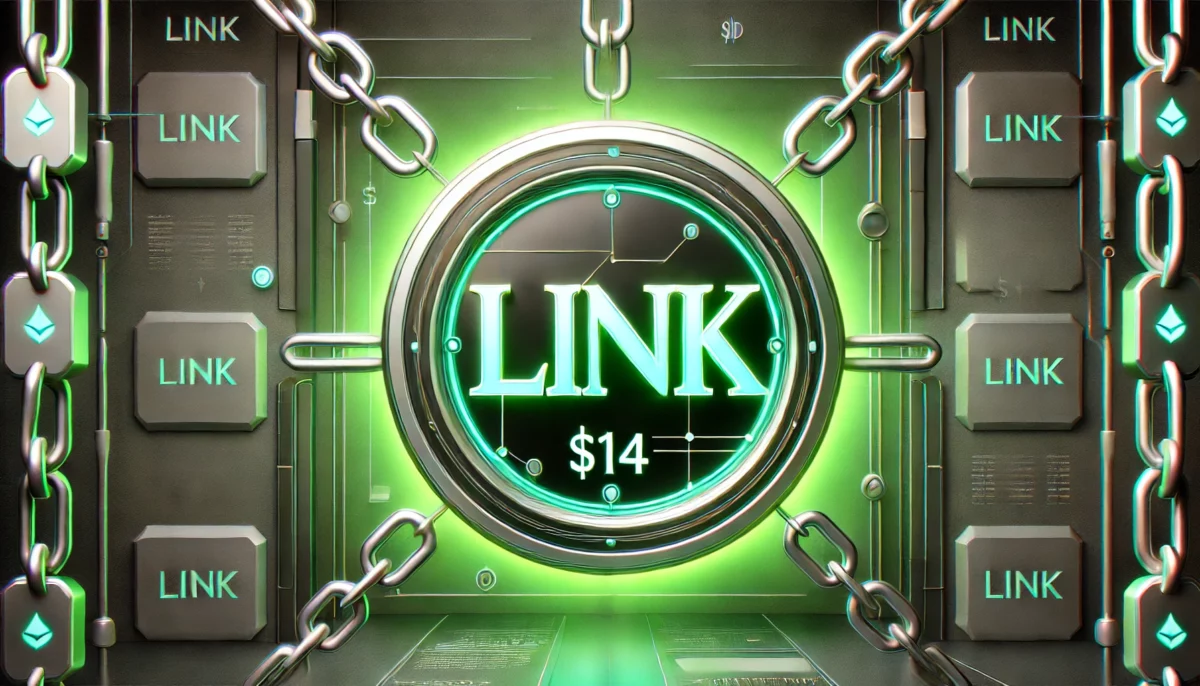
- Gold-covered stable coins are gaining in the global markets as a trustworthy alternative to fiat-covered digital assets.
- The introduction of USDKG and the changes in US politics reflect the growing interest in gold-based stability compared to the dependency on the dollar.
The idea of a gold-covered digital currency would have recently sounded like from a science fiction film. But now the debate about the advantages of golden -covered, instead of the duct -coupled stable coins, is picking up.
The Bitcoin hardliner Max Keiser Tirelessly claims that gold -covered stable coins are more reliable and that the dollar in international trade would ultimately exceed. This is not a lip service – behind it is his understandable justification:
“A stable coin with a golden stable coat would cut out a stable coin on the world markets: Russia, China and Iran should take note of this.
He would reproduce inflation. The dollar doesn’t. You are guaranteed to lose purchasing power.
The dollar has no volatility, but a loss of purchasing power is guaranteed here too.
Bitcoin is deflationary, but volatile.
Gold follows inflation and is only minimal volatile.
Why shouldn’t Russia, China, Saudis and Iran do that? “
A stablecoin backed by Gold would out-compete a USD-backed stablecoin on world markets: Russia, China, Iran should take note.
It would track inflation The USD does not. You’re guaranteed to lose purchasing power.
The USD has no volatility, but again, you are guaranteed to…
— Max Keiser (@maxkeiser) March 22, 2025
Why gold -covered stable coins could gain worldwide trust
Simply put: gold has been in exchange in all cultures for thousands of years. In contrast to the dollar, gold cannot be printed by the central banks as desired. Gold reflects inflation naturally because its offer is limited. The dollar, on the other hand, is nominally stable, but its value erodes more or less quickly.
You may not see the price fluctuations on your app screen, but your purchasing power is slowly disappearing like an ice cube in the sun.
In addition, Keizer says that countries such as Russia, China and Iran will probably not rely on dollar-covered stable coins in view of the continuing geopolitical conflicts. In this context, gold -covered stable coins could free a neutral, globally accepted middle ground.
Kyrgyzstan relies on gold with state -secured USDKG
As it turned out, Keiser’s statement seemed to be confirmed in the news that arrived a few days ago. As CNF reported, Kyrgyzstan officially introduced the USDKG, a new stable coin that is fully covered by gold and guaranteed by the state. The aim is to provide a stable digital exchange with a real basis in the form of the national gold reserve.
The steps of Kyrgyzstan should open their eyes to the governments of the countries, which still hold on fiat-based stable coins. For many, this type of stable coin offers a stronger feeling of security. Where people normally say “as safe as cash”, we may now hear “as safe as gold”.
Bitcoin law stimulates thinking about the role of gold
Even the US administration seems to comply with the feeling that its previous approach could have had its day. On March 21, Bo Hines from the “President’s Advisory Council on Digital Assets” explained that the government is considering upgrading old gold certificates to increase the country’s bitcoin stocks without increasing the deficit.
The idea goes back to the provisions of the new Bitcoin law, which aims to make Bitcoin part of the state wealth.
All of this indicates that the US government begins to take the relationship between gold reserves, Bitcoin and the stability of the digital economy more seriously. Even if the output of a gold -covered stable coin does not necessarily have to follow on the foot, this step may signal the dumpling of a new era.
Frozen funds: if stable coins do not come onto the market
However, most of the stable coins today in circulation are still based on the dollar, which Ironically complicates the market.
Most of the stable coins in circulation are derivatives whose offer is constantly increasing. Therefore, the funds do not really flow into the spot trade, which would help reduce volatility and increase liquidity.
It is like you have a large bucket of water, but it is in the freezer. The water is there, but cannot be used to water the plants plagued by the drought. The spot market is currently lacking demand, and the “frozen” stable coins in the form of derivatives make things only worse.





No Comments